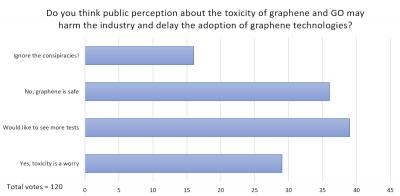What is Graphene Oxide?
Graphene is a material made of carbon atoms that are bonded together in a repeating pattern of hexagons. Graphene is so thin that it is considered two dimensional. Graphene is considered to be the strongest material in the world, as well as one of the most conductive to electricity and heat. Graphene has endless potential applications, in almost every industry (like electronics, medicine, aviation and much more).
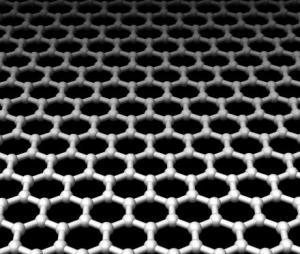
As graphene is expensive and relatively hard to produce, great efforts are made to find effective yet inexpensive ways to make and use graphene derivatives or related materials. Graphene oxide (GO) is one of those materials - it is a single-atomic layered material, made by the powerful oxidation of graphite, which is cheap and abundant. Graphene oxide is an oxidized form of graphene, laced with oxygen-containing groups. It is considered easy to process since it is dispersible in water (and other solvents), and it can even be used to make graphene. Graphene oxide is not a good conductor, but processes exist to augment its properties. It is commonly sold in powder form, dispersed, or as a coating on substrates.
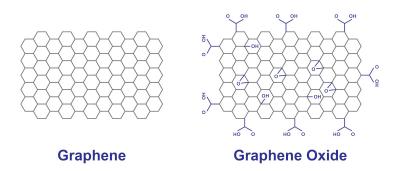
Graphene oxide is synthesized using four basic methods: Staudenmaier, Hofmann, Brodie and Hummers. Many variations of these methods exist, with improvements constantly being explored to achieve better results and cheaper processes. The effectiveness of an oxidation process is often evaluated by the carbon/oxygen ratios of the graphene oxide.
Graphene oxide uses
Graphene Oxide films can be deposited on essentially any substrate, and later converted into a conductor. This is why GO is especially fit for use in the production of transparent conductive films, like the ones used for flexible electronics, solar cells, chemical sensors and more. GO is even studied as a tin-oxide (ITO) replacement in batteries and touch screens.
Graphene Oxide has a high surface area, and so it can be fit for use as electrode material for batteries, capacitors and solar cells. Graphene Oxide is cheaper and easier to manufacture than graphene, and so may enter mass production and use sooner.
GO can easily be mixed with different polymers and other materials, and enhance properties of composite materials like tensile strength, elasticity, conductivity and more. In solid form, Graphene Oxide flakes attach one to another to form thin and stable flat structures that can be folded, wrinkled, and stretched. Such Graphene Oxide structures can be used for applications like hydrogen storage, ion conductors and nanofiltration membranes.
Graphene oxide is fluorescent, which makes it especially appropriate for various medical applications. bio-sensing and disease detection, drug-carriers and antibacterial materials are just some of the possibilities GO holds for the biomedical field.
Buy Graphene Oxide
Graphene oxide is relatively affordable and easy to find, with many companies that sell it. It does, however, get confusing since different companies offer products that vary in quality, price, form and more - making the choice of a specific product challenging. If you are interested in buying GO, contact Graphene-Info for advisement on the right GO for your exact needs!
Further reading
The latest graphene oxide news:
Researchers take a closer look at a mysterious graphene oxide phenomenon
A team of researchers at UNSW has observed a unique phenomenon in graphene oxide (GO). The oxygen atoms in GO are normally attached in a rather chaotic way. At elevated temperatures, however, the oxygen atoms form more organized structures by themselves. This process of ‘self-organization’ was found to drastically improve various properties of GO for example, its electrical conductivity.
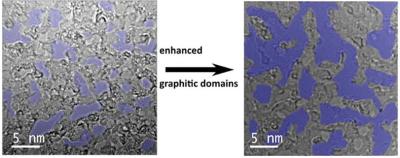
For years, researchers have been aware that this phenomenon existed, but they could only demonstrate it using computational simulations. The new research, led by Dr. Rakesh Joshi at UNSW, successfully observed it for the first time in real life, using cutting-edge electron microscopy. While common microscopes use light to create a magnified image, electron microscopes use electrons. With this type of microscope, it is possible to observe single atoms, by magnifying what you’re looking at by a factor of 1,000,000.
G6 Materials reports positive test results on its GO-based air purifier tech
G6 Materials has announced the results of an antimicrobial efficacy test on a prototype of its proprietary graphene-based air purifier, conducted by a US-based microbiological laboratory of The Intertek Group. The test reportedly showed that the concentration of pathogenic microorganisms present in the testing chamber was reduced by 99.9% over the duration of the experiment.
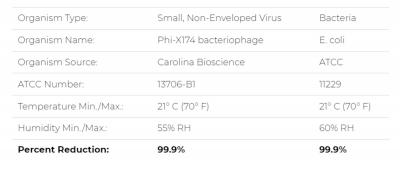
Two different pathogens were randomly chosen to be tested under each experiment, which were the E. coli bacteria and the Phi-X174 bacteriophage. The duration of the test was set to two hours.
Recent research and industry news on graphene oxide
Graphene oxide (GO), a form of graphene that includes oxygen-containing groups, has been the focus of much talk and speculation lately - most of which centered around its potential use in medical contexts.

However, GO is an interesting material all on its own, with great potential for various other uses and applications. It is studied for use in areas like membranes for audio devices and water filtration, sensors, solar cells, batteries and more.
How concerned should we be about graphene's toxicity?
The potential toxicity of graphene and graphene oxide has been on people's minds lately. This is an area that has always received some attention, but recently there have been rumors and wild speculations about the adoption of graphene oxide and the risks involved.
Researchers have been studying the toxicity of graphene and graphene oxide for many years. While these materials have not yet been established as completely safe for use, there are quite a few research results that indicate that graphene can be relatively safe under the appropriate conditions.
Graphenea Foundry: a platform for the manufacture of graphene-based devices
This is a sponsored post by Graphenea
Graphenea’s Semiconductor catalogue spans from 1x1 cm2 single layer graphene films on a variety of substrates, to fully customized graphene-based device architectures implemented on wafers up to 150mm. The unique vertical integration that Graphenea offers, that covers the graphene growth, its transfer, its device fabrication and post-processing, allows Graphenea to have full control of the manufacturing process, continuously monitoring this through quality control processes and checkpoints.
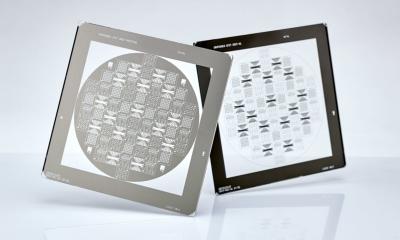
Graphenea Foundry offers three products and services, which cover all the graphene needs one may have.
Graphene oxide barrier to protect electronics, artwork and solar cells
Curtin University researchers have recently shown that applying a thin (and of course, invisible) layer of graphene oxide to silicon forms an impermeable barrier, which could be used to protect artwork, prevent corrosion of metals, and produce higher efficiency solar cells.
Lead author, Dr. Nadim Darwish from Curtin’s School of Molecular Life Sciences, said while protective layers on silicon were already used as an efficiency enhancer in devices such as solar cells and microchips, the procedure for forming these protective coatings was complicated and required highly specialized fabrication laboratories.
Graphene oxide helps create reusable wrapper to increase shelf life of fruits
Indian scientists have developed a graphene oxide composite paper, loaded with preservatives, that can be used as wrappers to help extend the shelf-life of fruits, stated the Department of Science and Technology.
In the currently used technology, preservatives are adsorbed by the fruit, causing chronic toxicity. In the team's new paper, the wrapper releases the preservative only when needed. The wrapper can also be reused, which is not possible with the present technology.
Graphene oxide foam helps filter toxins from drinking water
MIT-led research team uses graphene oxide foam in a device that can extract uranium and other heavy metals from tap water.
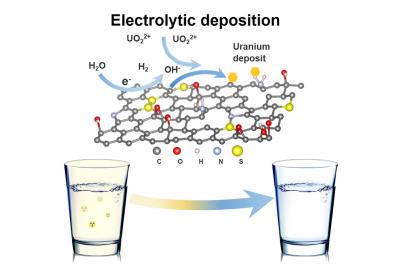
Some kinds of water pollution, such as algal blooms and plastics that foul various bodies of water, are found in plain sight. However, other contaminants are not quite as visible, which potentially makes them more dangerous. Among these invisible substances is uranium. Leaching into water resources from mining operations, nuclear waste sites, or from natural subterranean deposits, the element can reach taps worldwide.
First commercial contract for water filtration membranes enhanced with graphene oxide
UK's G2O Water Technologies has reported securing its first commercial contract for the enhancement of water filtration membranes with graphene oxide.
The Company explains that the advantages of using graphene oxide lie in the enhancement of membrane performance, as it mitigates the effects of fouling one of the biggest challenges operators of membrane-based water filtration systems face. With a coating of graphene oxide, successfully developed and piloted by the company in the northwest of England in collaboration with Hydrasyst Limited, operators can improve operational efficiency, reduce energy consumption and decrease chemical usage. It is anticipated that this will extend the lifetime of the membranes, as well as significantly reduce the cost and environmental impact of water treatment.
Tirupati Graphite starts operations at Graphene & Technology Centre in India
Tirupati Graphite has commissioned Stage 1 of the Tirupati graphene and mintech research center (TGMRC) in India. Tirupati says this marks the start of revenue generation at TGMRC and allows the company to advance commercialization engagements.
In Stage 1, the facility can initially produce up to 1 kilogram per day of graphene oxide ('GO'), reduced graphene oxide ('rGO') and aluminium graphene composite via the zero-chemical process developed by the company. Ongoing development and expansion of the facility will enable up to 10 kgs per day.
Pagination
- Previous page
- Page 6
- Next page

